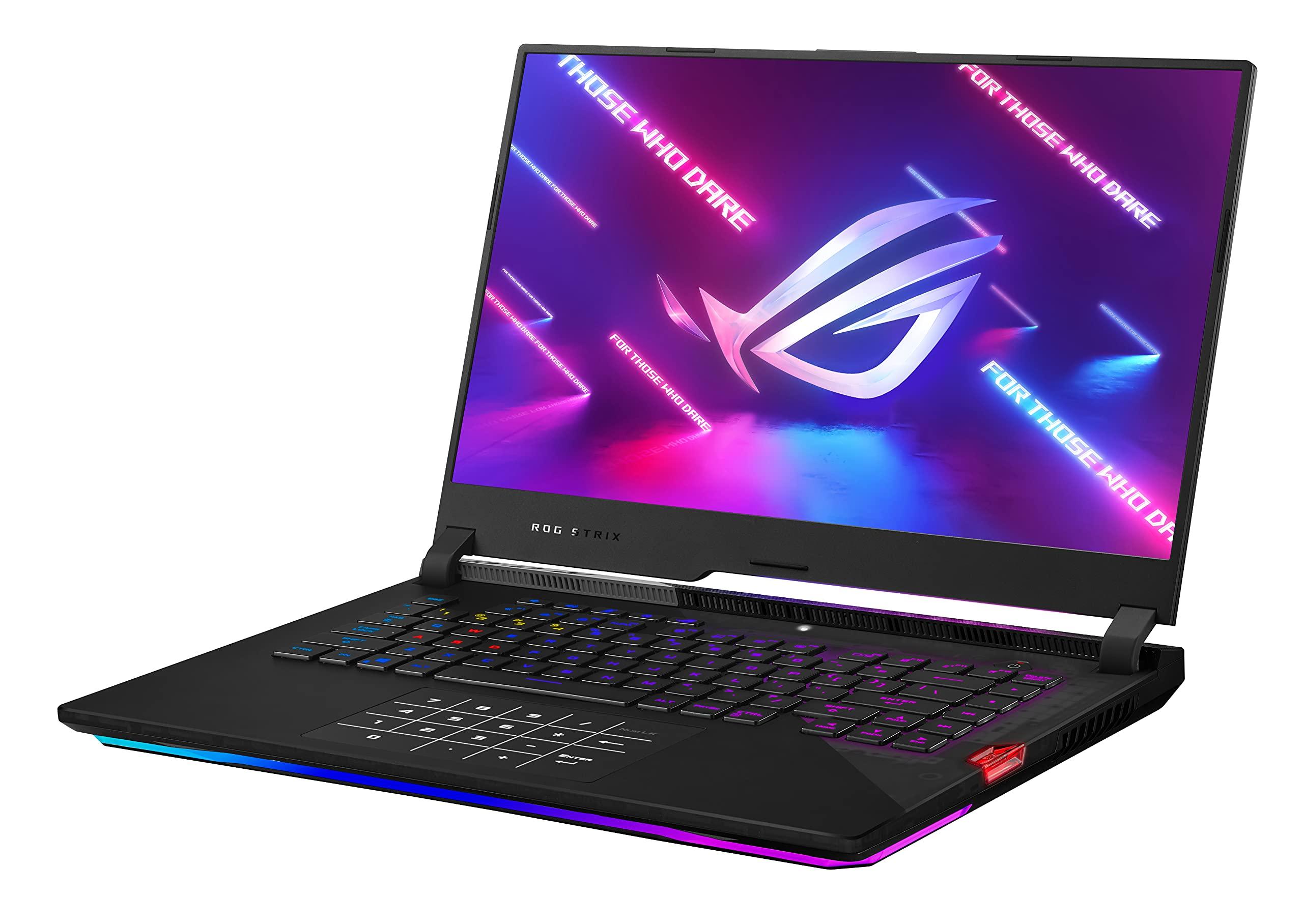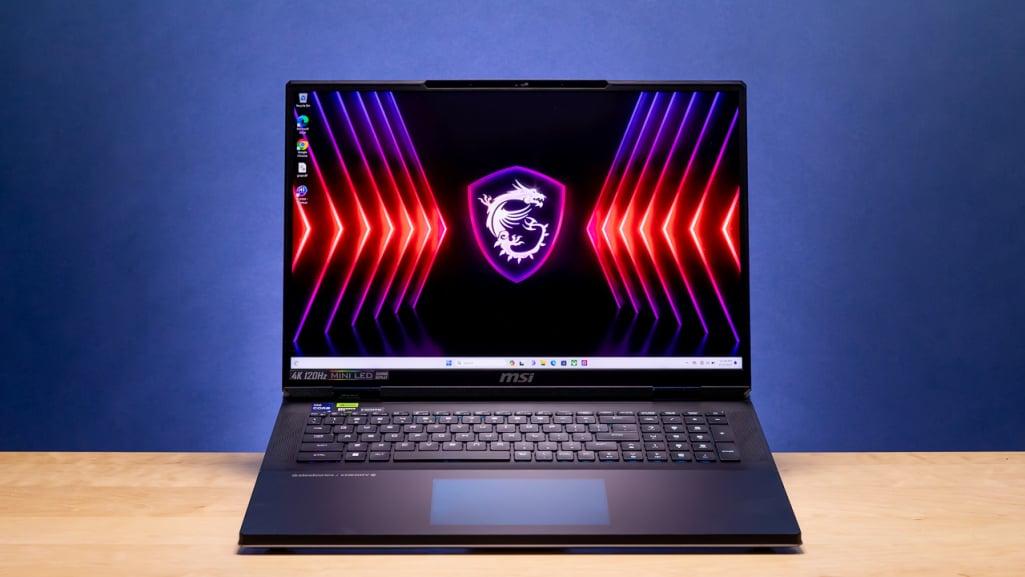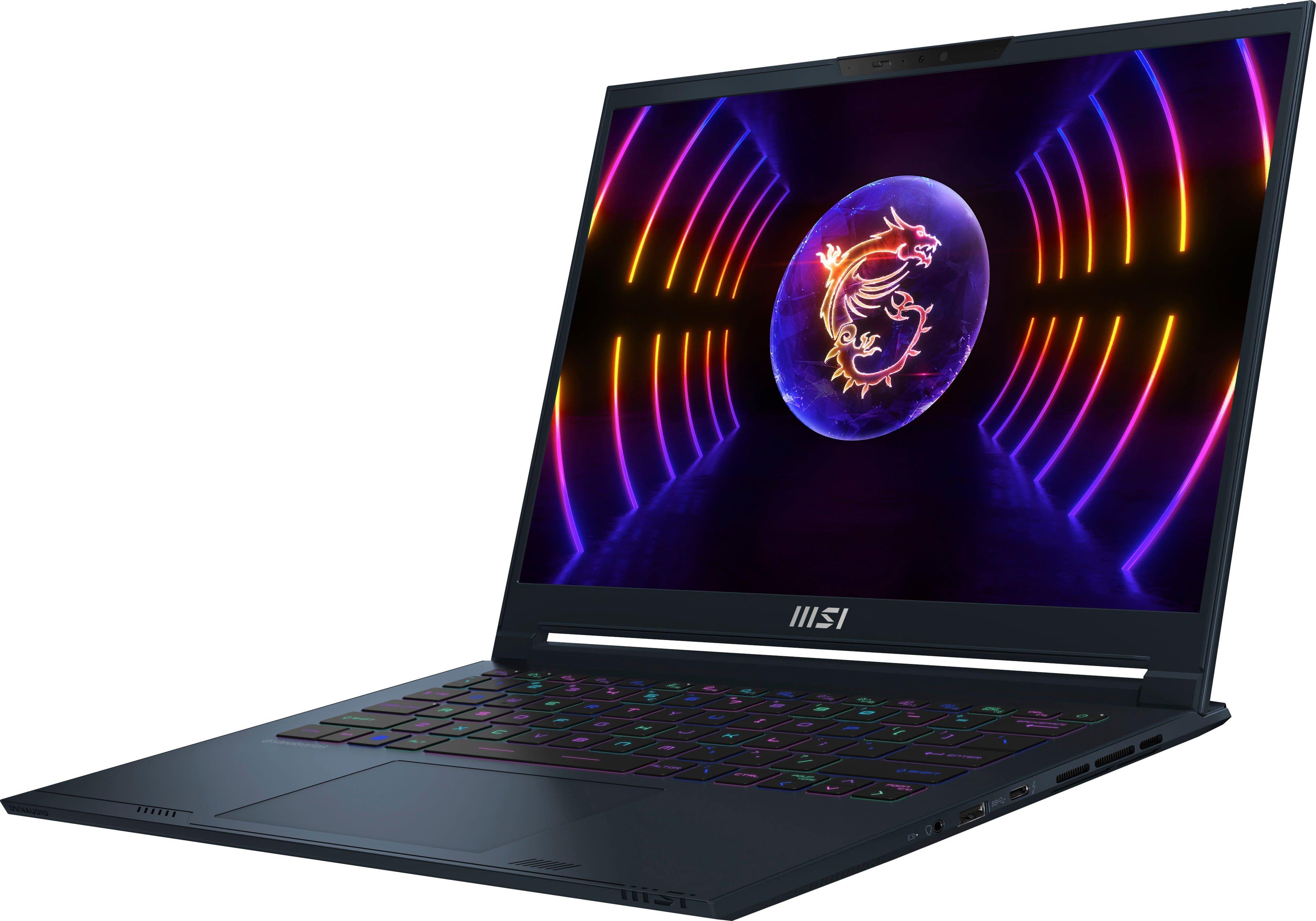
In the ever-evolving landscape of gaming technology, the debate between gaming laptops and desktops continues to ignite passionate discussions among enthusiasts and casual players alike. As we step into 2025, the lines between portability and power blur more than ever, with both platforms evolving to cater to the demands of a diverse gaming community. Whether you’re an on-the-go gamer who thrives in the heart of the action or a dedicated enthusiast who revels in the immersive experience offered by a robust desktop setup, the choice between these two titans of the gaming world can be complex. In this article, we’ll delve into the latest advancements, weigh the benefits and drawbacks of each option, and help you uncover the ultimate gaming setup that fits your unique style and needs. Prepare to embark on a journey to discover whether a sleek,portable gaming laptop or a powerhouse desktop is your key to conquering virtual landscapes in 2025.
Understanding Performance Differences: Gaming Laptop vs. Desktop
When it comes to gaming, understanding the performance differences between laptops and desktops is crucial for making an informed decision. Desktops generally offer superior performance due to their larger components and superior cooling systems, allowing for more powerful CPUs and GPUs. This results in higher frame rates and the ability to run games at max settings without breaking a sweat. Additionally, desktop users benefit from the flexibility of upgrading their hardware. They can easily swap out one component without needing to buy an entirely new machine, making it a more future-proof investment for avid gamers.
Conversely, gaming laptops offer unmatched portability, allowing gamers to take their powerful rigs anywhere they go. Although they typically have limitations in terms of upgradability and thermal performance, modern gaming laptops have come a long way, incorporating features that enhance their gaming capabilities. Many come equipped with advanced cooling solutions, high-refresh-rate displays, and dedicated graphics cards that can handle demanding titles quite effectively. Here are some key differences to consider:
| Aspect | Gaming Laptop | Gaming Desktop |
|---|---|---|
| Portability | High | Low |
| Performance | Good | Excellent |
| Upgradability | Limited | High |
| Cooling | Compact Systems | Robust Cooling |
| Price | More Expensive (for equivalent performance) | Generally Lower |

portability Versus Power: Choosing the Right Form Factor
When it comes to the epic battle of gaming laptops versus desktops, one of the most significant factors to consider is the balance between portability and power. Gaming laptops have come a long way in the last few years, offering impressive performance in a compact form. These machines deliver high-quality graphics and fast processors while being able to fit into a backpack, making them perfect for the gamer on the go. Features such as long battery life, enhanced cooling systems, and durable designs further elevate their appeal, allowing for gaming experiences that can be enjoyed almost anywhere.
On the othre hand, desktops are the undisputed champions in terms of raw power and customization options. With a wider selection of components, from powerful gpus to spacious storage, desktops can provide a performance edge that laptops often cannot match. This versatility allows gamers to easily upgrade components, ensuring that their setups stay relevant in an ever-evolving landscape. Consider the following points when weighing your options:
- Gaming Laptop: Ideal for mobility, suitable for casual gamers or those who travel frequently.
- Gaming Desktop: Best for hardcore gamers seeking maximum performance and upgradability.
| Feature | Gaming Laptop | Gaming desktop |
|---|---|---|
| Portability | High | Low |
| Performance | Moderate | High |
| Customization | Limited | Extensive |
| Battery Life | Long | N/A |

Future-Proofing Your Investment: Key Specifications to Consider
when investing in a gaming system, whether a laptop or desktop, it’s crucial to look beyond the surface-level specifications and focus on what will ensure longevity and adaptability. Processor performance stands as a pivotal aspect; opt for the latest generation cpus that offer better power efficiency and multi-threading capabilities. Additionally, graphics cards should not be overlooked—aim for options that support future gaming technologies like real-time ray tracing, as these will keep your setup relevant as game requirements evolve. Also consider the RAM capacity; 16GB should be considered the baseline for comfortable gaming experiences, with 32GB recommended for the more demanding titles on the horizon.
Another critical element to keep an eye on is storage solutions. Solid State Drives (SSDs) have become a standard for faster load times,but make sure to invest in models with expandable options or secondary storage for games and data management. Make informed choices regarding displays; higher refresh rates (120Hz and above) will enhance gameplay, and support for adaptive sync technology will provide smoother visuals. Don’t forget about connectivity options, as future-proofing your investment requires ensuring compatibility with the latest peripherals and accessories. factor in the thermal management systems; advanced cooling solutions will not only enhance performance but also prolong the lifespan of your components, making them essential for any long-term gaming investment.

budgeting for Your Setup: Finding Value in Gaming Gear
When diving into the world of gaming, it’s essential to balance your passion with financial practicality. Investing in gaming gear can quickly become overwhelming, and navigating through various options to find the best fit for your budget is crucial. A few tips for achieving a well-rounded setup include:
- Prioritize Performance: Focus on essential components like the CPU, GPU, and RAM, as these will significantly impact gaming performance.
- Consider Upgradability: Desktops often allow for easier upgrades than laptops, making them a potentially more cost-effective long-term investment.
- Bundle Deals: Look for package offers that include peripherals like monitors, keyboards, and mice which could save you money and ensure compatibility.
As you evaluate your options, laying out a clear financial plan can definately help you uncover hidden gems that offer excellent value without sacrificing quality. Cost-effective solutions might include refurbished models or last year’s high-performing gear that still holds its ground in modern gaming. Here’s a brief overview of potential cost-efficient setups:
| Setup Type | Average Price | Performance Level |
|---|---|---|
| Gaming Laptop | $1,200 – $2,000 | Medium to High |
| Gaming Desktop | $800 - $1,800 | High |
| Refurbished Gaming Setup | $600 – $1,500 | Medium to High |
Final Thoughts
In the ever-evolving world of gaming, the choice between a laptop and a desktop is as crucial as the games themselves. As we venture into 2025, the lines between portability and power continue to blur, with each option offering unique advantages that cater to diverse gaming needs.Whether you value the convenience of a gaming laptop, perfect for on-the-go adventures, or the raw performance and upgradeability of a desktop, tailored for the ultimate gaming experience, the decision ultimately hinges on your personal preferences and gaming habits. As you embark on this journey to find your ultimate setup, remember to weigh all factors—performance, budget, and lifestyle—before making that final choice. The right gaming rig can transform your gaming experience, elevating casual play to adrenaline-pumping excitement. So, take a moment to visualize your ideal gaming environment, and let that vision guide you. it’s not just about the hardware; it’s about the experiences, the memories, and the connections forged in the pixelated worlds that await. Happy gaming!








